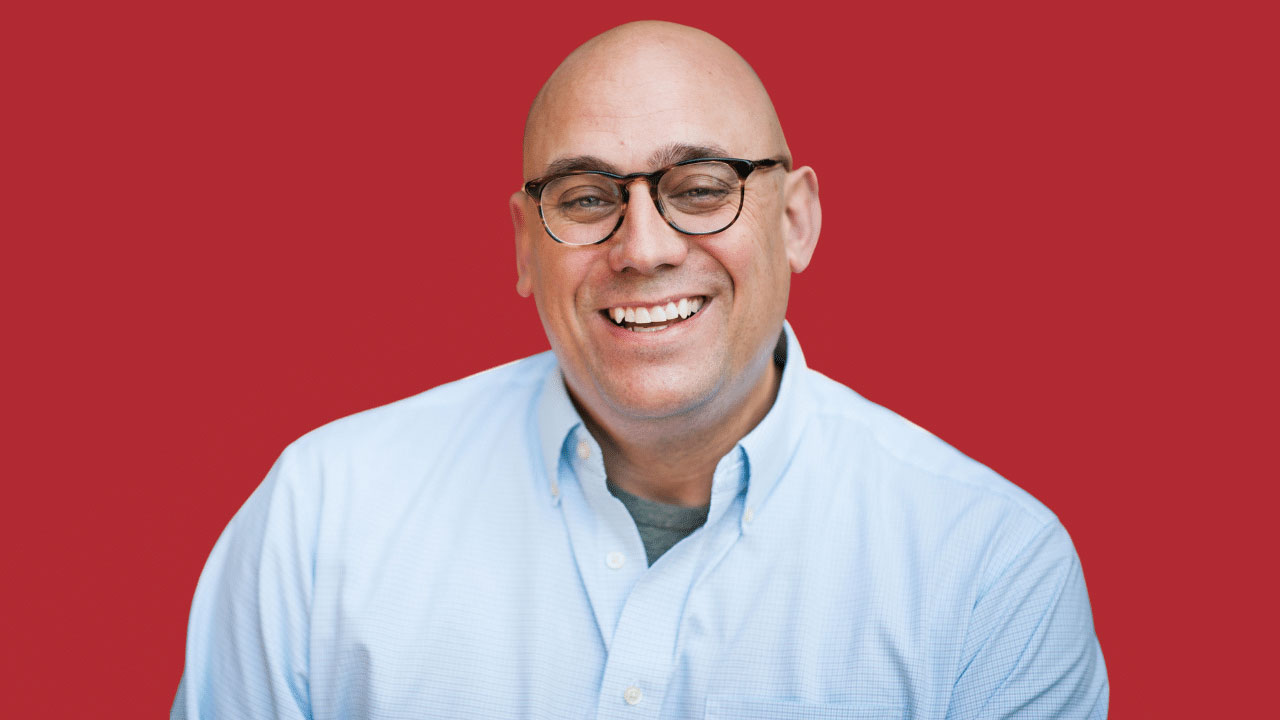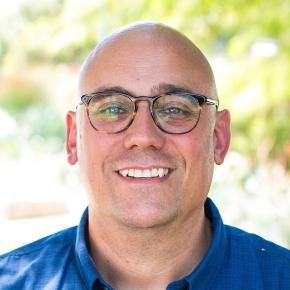Jon Noyes answers a question about whether the Fall could justify a transgender person’s belief that they have the correct mind in the wrong body.
Transcript
Question: Some people say that we live in a sinful world, so that’s why we’re not perfectly made. What if [a transgender person’s] body is broken like with any other disabled person, but the mind is correct? What would be your argument?
Jon: So, what if our mind is the issue but not our body? I would say that our body is testified to in multiple sources. I think people can be confused in their mind about a ton of stuff, but our biology, our gender, is testified to by multiple strains of evidence, and one of those is scientific evidence. Oftentimes, as Christians, we kind of run away from the scientific evidence as if it’s not spiritual enough, but this is part of God’s general revelation. It’s not salvific in knowledge, but it still lends testimony to who we are and the way the world really is, and part of that is how we’re made. We are made, yes, in the image of God—spiritual reality—but we’re also made male and female—scientific, physical reality—and we don’t change that.
Why are we going to so many lengths to mutilate our bodies and the bodies of our children but not alter our minds? Here in California, we have legislation prohibiting the counseling of even unwanted same-sex attractions, for example. Canada has Bill C4. We have this legislation that is prohibiting the altering of the mind and not the body—somehow, the body is what needs to be changed. And I say it’s the opposite, because the body is part of the fundamental reality of who we are, and so, we should first try to change the mind.
We’re also told that through the Scriptures. It’s the renewing of our minds—we’re constantly being transformed through our minds.
I’m good friends with Nick Vujicic. He has no arms and legs. That’s the way that he was born. It wasn’t due to accident, but we also know that he is this way, he’s disabled, and what does that mean? That means he is born in such a way that he is not able to perform the normal, everyday function of people who are normal—physically normal, at least. So, when somebody is disabled, their body is changed in such a way that does not line up with the way it’s supposed to be, and that’s not true of a transgender person. Their body functions perfectly normal according to how they were designed.
What you’re doing in a realignment surgery is you’re removing—presumably, at least—part of your anatomy that is functioning according to its telos, its meaning, its purpose, in order to pursue something that’s in your mind, and I say that the way that we should be doing it is the opposite. We should be transforming our minds to point to another reality of our physical nature.
We don’t have perfect bodies. We have disease, and we seek to overcome those diseases, but notice the imperfections are imperfections with our body. We know that they’re wrong. There’s something that’s preventing our body from performing its natural purpose, its true purpose. Gender reassignment seeks to do the opposite.
The Bible never, as far as I’m aware—doesn’t instruct us on changing a fundamental component of who we are, doesn’t ever mention going from male to female. Our gender—our maleness, our femaleness—is sacred, and to violate that is to cause great harm.
I think it’s also linked to image of God stuff, and that’s ultimately where we ground things. God made us special and unique. Yes, in his image, and that’s our soul. Right? He gives us our soul. It’s special, but he also created us—he knit us together in our mothers’ wombs, and it’s a fundamental component of who we are, our maleness and femaleness.
Yes, there’s a spectrum. Not everybody experiences or expresses their maleness the same. Some kids like Tonka trucks and Tostitos. Other kids like dolls and Doritos. That’s not what dictates our preferences, and those things don’t dictate our maleness or femaleness. But it’s part of our design. It’s not up to us, ultimately.

